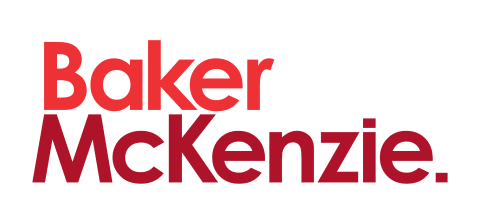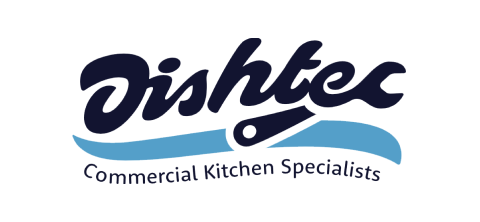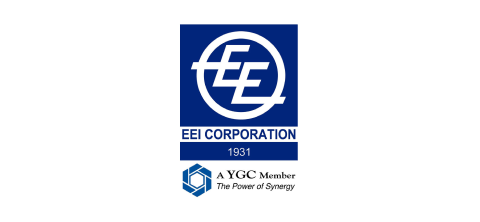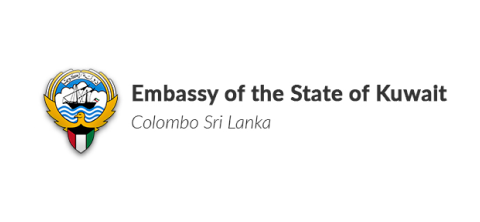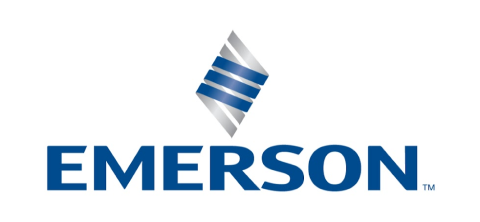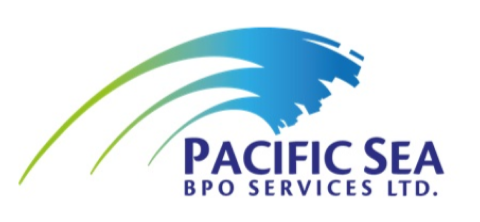In the ever-evolving landscape of the business world, challenges are inevitable. From economic downturns to unexpected disruptions, businesses often find themselves navigating through storms that threaten their very existence. In times of crisis, effective communication becomes a linchpin for survival and success. This blog post delves into the crucial role of communication during business crises, emphasizing the significance of transparent, honest, and timely communication.
We’ll explore the impact of professional communication on workplace strategies, effective business writing, and the essential components of a well-prepared crisis communication plan.
The Power of Business Communication

Effective business communication is the lifeblood of any organization. It serves as the connective tissue that binds employees, stakeholders, and customers together. In times of stability, communication ensures smooth operations and collaboration. However, its true test comes during periods of crisis.
Building Trust through Transparency
When a crisis hits, the first casualty is often trust. Employees become anxious, stakeholders question their investments, and customers may lose faith in the brand. Transparent communication becomes paramount in rebuilding and maintaining trust. Transparency involves openly sharing information about the crisis, its impact, and the steps being taken to address it.
In a crisis, withholding information or sugarcoating the situation can lead to further distrust. Employees, stakeholders, and customers appreciate honesty, even when the news is not favorable. Organizations that openly communicate their challenges and articulate their plans for recovery are more likely to garner support and understanding.
Honesty as the Best Policy
Honesty goes hand in hand with transparency. It involves providing accurate and truthful information, even if it means admitting mistakes. In the face of a crisis, leaders must resist the temptation to downplay the severity of the situation. Acknowledging mistakes, taking responsibility, and outlining corrective actions contribute to building credibility and fostering a culture of accountability.
Honest communication also extends to setting realistic expectations. While optimism is essential, it should be grounded in reality. Overpromising and underdelivering can exacerbate the crisis, eroding trust and damaging the organization’s reputation.
Timeliness in Crisis Communication
In a crisis, time is of the essence. Delayed communication can lead to speculation, misinformation, and increased anxiety among stakeholders. Timely updates provide reassurance, demonstrate proactive management, and prevent the spread of rumors.
Establishing clear communication channels and designated spokespeople ensures that information is disseminated swiftly and consistently. In the age of social media, where news travels at the speed of light, organizations must be agile in their communication to stay ahead of the narrative and shape the public perception of the crisis.
Workplace Strategies for Effective Communication

Navigating a business crisis requires a strategic approach to communication within the workplace. Here are some essential strategies to foster effective communication during challenging times:
Leadership Visibility and Accessibility
In times of crisis, employees look to leadership for guidance and reassurance. Leaders must be visible and accessible, both physically and virtually. Town hall meetings, virtual Q&A sessions, and regular updates from top executives create a sense of transparency and connection.
Leadership visibility goes beyond formal communication channels. Informal check-ins, whether virtual or in-person, can provide valuable insights into the concerns and sentiments of employees. A supportive leadership presence fosters a culture of openness and collaboration, boosting morale during challenging times.
Employee Engagement and Feedback Mechanisms
Engaged employees are more likely to weather the storm with resilience. Organizations should prioritize two-way communication channels that allow employees to express their concerns, ask questions, and provide feedback. This can be achieved through surveys, suggestion boxes, or dedicated communication platforms.
Actively listening to employees’ perspectives not only addresses their immediate concerns but also generates valuable insights for crisis management strategies. Employees who feel heard and valued are more likely to remain committed to the organization, even in the face of uncertainty.
Crisis Communication Training for Employees
Effective communication during a crisis is a collective effort that involves every member of the organization. Providing employees with crisis communication training equips them with the skills to convey information accurately, manage interpersonal dynamics, and uphold the organization’s values during challenging times.
Training programs can include simulations, workshops, and resources on effective business writing. By investing in the communication capabilities of the entire workforce, organizations empower employees to contribute positively to the organization’s reputation and resilience in times of crisis.
Effective Business Writing in Crisis Communication

The written word is a powerful tool in crisis communication. Clear, concise, and empathetic writing can convey complex information and emotions with precision. Here are key considerations for effective business writing during a crisis:
Clarity and Simplicity
During a crisis, information overload can add to the confusion and anxiety. Business communication should prioritize clarity and simplicity. Use plain language, avoid jargon, and present information in a structured format. Bullet points and headings can enhance readability, ensuring that the audience can quickly grasp the key messages.
Empathy in Messaging
Crisis communication is not just about facts and figures; it’s about connecting with the human experience. Demonstrating empathy in written communication acknowledges the emotional impact of the crisis on employees, stakeholders, and customers. Use language that reflects understanding, express concern, and provide assurance that the organization is actively working towards resolution.
Consistency Across Platforms
In the digital age, communication often spans multiple platforms, including emails, social media, and official statements. Consistency in messaging is essential to avoid confusion and maintain credibility. Whether communicating with internal or external audiences, the organization’s tone, key messages, and updates should align across all platforms.
Preparedness for Negative Feedback
Not all communication during a crisis will be met with positivity. Negative feedback and criticism are inevitable, and organizations must be prepared to address them professionally. Acknowledge concerns, provide context where necessary, and outline the steps being taken to address the issues raised. Constructive responses to criticism can demonstrate transparency and a commitment to improvement.
Creating a Crisis Communication Plan
To navigate business crises successfully, organizations must proactively prepare for effective communication. A well-designed crisis communication plan serves as a roadmap for addressing challenges and mitigating potential reputational damage. Here are the key components of a comprehensive crisis communication plan:
Risk Assessment and Scenario Planning
Understanding potential risks is the first step in crisis communication planning. Conduct a thorough risk assessment to identify scenarios that could impact the organization. Consider both internal and external factors, such as natural disasters, economic downturns, cybersecurity threats, and leadership changes.
Scenario planning involves mapping out the communication strategies and key messages for each identified risk. By anticipating potential crises, organizations can respond more swiftly and effectively when they occur.
Designating Spokespeople and Communication Teams
During a crisis, a clear chain of command and designated spokespersons are essential. Identify individuals within the organization who will serve as primary communicators and media liaisons. These individuals should be well-versed in the organization’s values, messaging, and crisis response protocols.
Communication teams should be trained in crisis communication techniques, including media relations, social media management, and employee communication. Having a prepared team ensures a coordinated and consistent approach to communication.
Establishing Communication Protocols and Channels
A crisis communication plan should outline clear communication protocols and channels. Determine how information will be disseminated internally and externally, including the use of email, social media, press releases, and other platforms. Establish guidelines for the frequency and timing of updates to keep stakeholders informed without overwhelming them.
Internal communication channels should facilitate rapid and reliable information flow within the organization. This may include an emergency hotline, intranet updates, and regular briefings.
Preparedness for Various Audiences
Different stakeholders require tailored communication approaches during a crisis. Consider the needs and expectations of employees, customers, investors, and the media. Craft messages that resonate with each audience, addressing their specific concerns and providing relevant information.
In addition to written communication, consider the use of visual aids, infographics, and multimedia to enhance understanding. Providing information in multiple formats ensures that diverse audiences can access and comprehend the messaging.
Media Training and Message Consistency
Media scrutiny is inevitable during a crisis, and organizations must be prepared to navigate press inquiries effectively. Conduct media training for designated spokespersons to enhance their interview skills, message consistency, and crisis response strategies.
Emphasize the importance of staying on message and avoiding speculative or unverified information. Consistency in messaging across all communication channels, including media interviews, reinforces the organization’s credibility and trustworthiness.
Post-Crisis Evaluation and Learning
Once the crisis has been addressed, conduct a thorough post-crisis evaluation to assess the effectiveness of the communication strategies employed. Gather feedback from internal and external stakeholders to identify areas for improvement and areas of strength.
Learning from the crisis communication experience allows organizations to refine their crisis communication plan continually. Use insights gained during the crisis to update protocols, enhance training programs, and better prepare for future challenges.
Conclusion
In the turbulent seas of business, crises are inevitable. Navigating these storms requires a steadfast commitment to effective communication. Transparent, honest, and timely communication builds trust, maintains credibility, and positions organizations for success even in the face of adversity.
Business communication is not a one-size-fits-all endeavor, especially during crises. Tailoring communication strategies to diverse audiences, incorporating empathy in messaging, and harnessing the power of effective business writing are essential components of a successful crisis communication plan.
As organizations continue to evolve in a rapidly changing world, the ability to communicate effectively during crises will be a defining factor in their resilience and longevity. By prioritizing communication strategies, investing in employee training, and proactively preparing for potential challenges, businesses can weather the storms and emerge stronger on the other side.
Enroll Now!
Ready to elevate your business communication skills? Join American English Skills Development Center Inc. 🚀🇺🇸
Unlock your professional communication potential with our tailored training programs. Our expert instructors guide you through real-world scenarios, ensuring confidence and competence in any corporate setting. 💼✨
👍📝Experience the benefits of our practical approach—honing speaking, writing, and presentation skills. Whether executive or entrepreneur, our courses empower impactful communication for success in every career facet. 💼📸🎥
Don’t miss this chance to excel in the corporate world. Take the first step toward proficiency today! 🎯 Enroll now at American English Training and Development Center, Inc. Your journey to professional success starts here!
Visit americanenglish.ph to discover how our practical English training propels you to success! 💼✨










